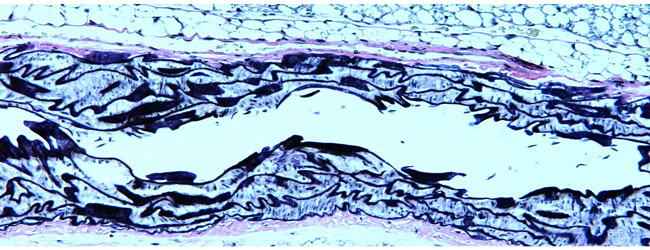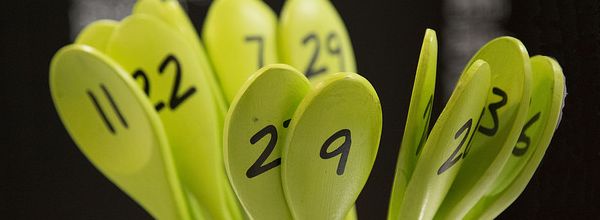Are you confused by all the letters on your microscope objective? Well, we’re here to help you decipher those microscope objective abbreviations once and for all!
In a previous article from the Microscopy and Imaging Channel, we took a look at ‘that other number’ you’ll find on a microscope objective, namely numerical aperture.
But the information you’ll find on objectives doesn’t stop there; another piece of information to be found on the barrel of the objective is the optical correction.
There are two general types of optical aberrations you need to be aware of in microscopy: geometric and chromatic aberrations. In short, they relate to the lens structure/geometry and the lens material, respectively.
Enjoying this article? Get hard-won lab wisdom like this delivered to your inbox 3x a week.

Join over 65,000 fellow researchers saving time, reducing stress, and seeing their experiments succeed. Unsubscribe anytime.
Next issue goes out tomorrow; don’t miss it.
Microscope objectives are therefore designed to account for one or more of these aberrations.
There are a number of microscope objective abbreviations relating to optical aberrations; here we’ll shed some light on some of the most common ones so that you’ll be up to speed in no time.
Common Microscope Objective Abbreviations
1. Achro or Achromat
These abbreviations stand for “Achromatic”, one of the most common objectives. These objectives are corrected for an optical phenomenon called “axial chromatic aberration”.
Now, you don’t need to know the physics behind this (whew!), but this arises when white light passes through a convex lens. The light is split into its component red, green, and blue wavelengths.
This causes coloured blurring and coloured fringes around the edges of the image.
The achromatic objectives are corrected for red and blue wavelengths, bringing them to almost the same focal point as the green wavelength light.
2. Achroplan or Plan Achromat
Other microscope objective abbreviations you’ll commonly see are “Achroplan” or “Plan Achromat”; these signify the Plan-achromatic objectives.
Further to the above correction for light scattering, these objectives are corrected for “field curvature”. This is a natural phenomenon that occurs when light is focused through a curved lens.
In a non-corrected objective, the user would be able to achieve sharp focus around the edges of the field of view or the centre of the field of view, but not both together.
For routine laboratory work, this isn’t a problem. However, if you are planning to produce images of your work for use in publications for example, then a corrected lens is needed.
The correction for field curvature is also used in conjunction with other corrected objectives (see below).
3. Fl, Fluor, Fluo, Fluar
The next level of correction you are likely to encounter is the Semi-Apochromatic or Fluorite objectives (abbreviated as “Fl”, “Fluor”, “Fluo”, “Fluar”, etc).
These lenses were originally manufactured using the mineral fluorite (hence the name), but are now mainly made using synthetic materials (although fluorspar—as the mineral is also known commercially—is still used).
The correction in these lenses is one step up from the achromatic objectives as these are also corrected for “spherical aberration”. This is similar to the above problems that arise when using curved lenses.
The curvature of the lens does not focus the parallel light waves to a single point, instead, they are spaced along a line.
The fluorite objectives are spherically corrected for one or two colours (unlike the achromats, which are corrected for only one).
As with the achromatic objective, fluorite objectives are available, which are also corrected for field curvature. These are the Plan-fluorite objectives (abbreviated “Plan Fluor” or “Plan FL”).
4. Plan Apo, Plan Apochromat, PL APO
The microscope objective abbreviations “Plan Apo” or “Plan Apochromat” represent the Apochromatic objectives, which are the highest level of correction (and expense!) in objectives that you are likely to encounter.
These are chromatically corrected for three colours (red, green, and blue), meaning that all three wavelengths of light will converge at the same focal point.
These lenses are also spherically corrected for two or three wavelengths. As the abbreviated name suggests, they are also routinely corrected for field curvature.
So, now you should know the meaning of (nearly) all of the microscope objective abbreviations relating to optical aberrations that you’ll find on an objective!
Are there any more microscope objective abbreviations that you think we should include? Let us know in the comments.
Originally published April 29, 2014. Reviewed and updated July 2021.
You made it to the end—nice work! If you’re the kind of scientist who likes figuring things out without wasting half a day on trial and error, you’ll love our newsletter. Get 3 quick reads a week, packed with hard-won lab wisdom. Join FREE here.








